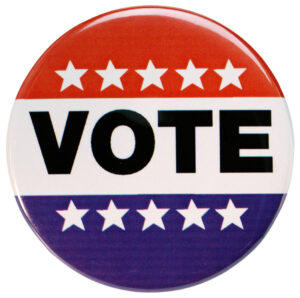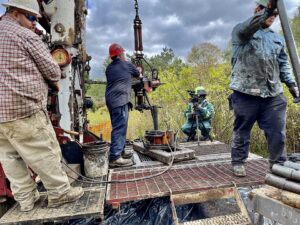Films about wildlife are scary. They’re exciting. They make you ooh and aah while you cover your eyes so you don’t have to watch the really gory parts. But are they honest?
Not according to Chris Palmer, author of the gripping new expose Shooting in the Wild: An Insider’s Account of Making Movies in the Animal Kingdom.
The book, based on extensive research as well as Chris’s own experience producing wildlife films for IMAX theaters and for conservation groups like the National Wildlife Federation and National Audubon Society, documents film after film that appears to be “natural” but is, in fact, a series of fantastic shots staged by the filmmakers to provoke the animals but entertain the audience.
Why do the filmmakers manipulate what they find in the wild? Because these “money shots,” as Chris calls them, are the ones that generate the ratings. And without high ratings, films about wildlife may not make it onto the screen.
“Nature porn” or “fang TV” generates the biggest bang for the buck, says Chris, even if those pictures have been staged or digitally altered to sensationalize animal behavior. And while they may enthrall viewers, such film techniques not only upset the animals being filmed; they put the filmmakers themselves in great danger. Chris is a master storyteller, and his accounts of the death of “Crocodile Hunter” Steve Irwin, who was killed by a sting ray; Timothy Treadwell, who died at the hands of the grizzly bears he filmed; and filmmakers who narrowly missed being chomped to death by a 30-foot long python are not to be missed.
Full disclosure: I’m a friend of Chris’ and I commented on a couple of the book’s early chapters. But until I saw the complete tome, I had no idea it was such a pageturner. Chris has rubbed shoulders with celebrities like Jane Fonda, Ted Turner, and Robert Redford. He has shot film himself in locations as exotic as Tahiti. He is the founder and Director of the Center on Environmental Filmmaking at American University whose Emmy winning and Oscar-nominated films have been broadcast on the Disney Channel, TBS Superstation, Animal Planet and PBS, as well as in IMAX theaters. He admits he is guilty of some of the techniques that he criticizes in the book, and now wants to see discontinued. This book is part memoir, part indictment, but one hundred percent committed to changing the way future wildlife films are made.
Shooting in the Wild is a must-read for anyone who loves watching animals on screen and wants a truly “behind the scenes” perspective on how animal movies are made. But it’s absolutely essential for anyone who wants to make an ethical wildlife film today.















